Budget-Friendly & Easy Easter Egg Hunts With Kids Using Things You Already Have at Home
There’s something so special about an Easter egg hunt — whether it’s in a park, your building compound, or right inside your living room. For many of us, these little celebrations weren’t about fancy baskets or perfectly decorated eggs, but about laughter, family, and the excitement of finding that one hidden treat behind a plant or under the sofa cushion.
Easter egg hunts have been around for centuries, originally part of springtime festivals that celebrated new beginnings. Eggs became a symbol of life, of hope, and over time, hiding and hunting for them turned into a joyful tradition passed on through generations.
Today, even as the world changes and celebrations evolve, the heart of it stays the same: creating moments of wonder for our kids. And maybe now, more than ever, it’s a good time to make those moments a little more thoughtful, too.
With a few things lying around the house and a bit of imagination, you can host an Easter egg hunt that’s full of fun and a little kinder to the planet. Here are a few easy, creative, eco-friendly ideas to try this year:
1. Dye eggs with kitchen scraps
In many homes, especially in earlier times, real eggs were at the heart of Easter traditions — boiled, coloured, and proudly displayed before being hunted or eaten. If you’d like to bring back that simple joy and avoid plastic versions, try dyeing real eggs using natural colours straight from your kitchen.
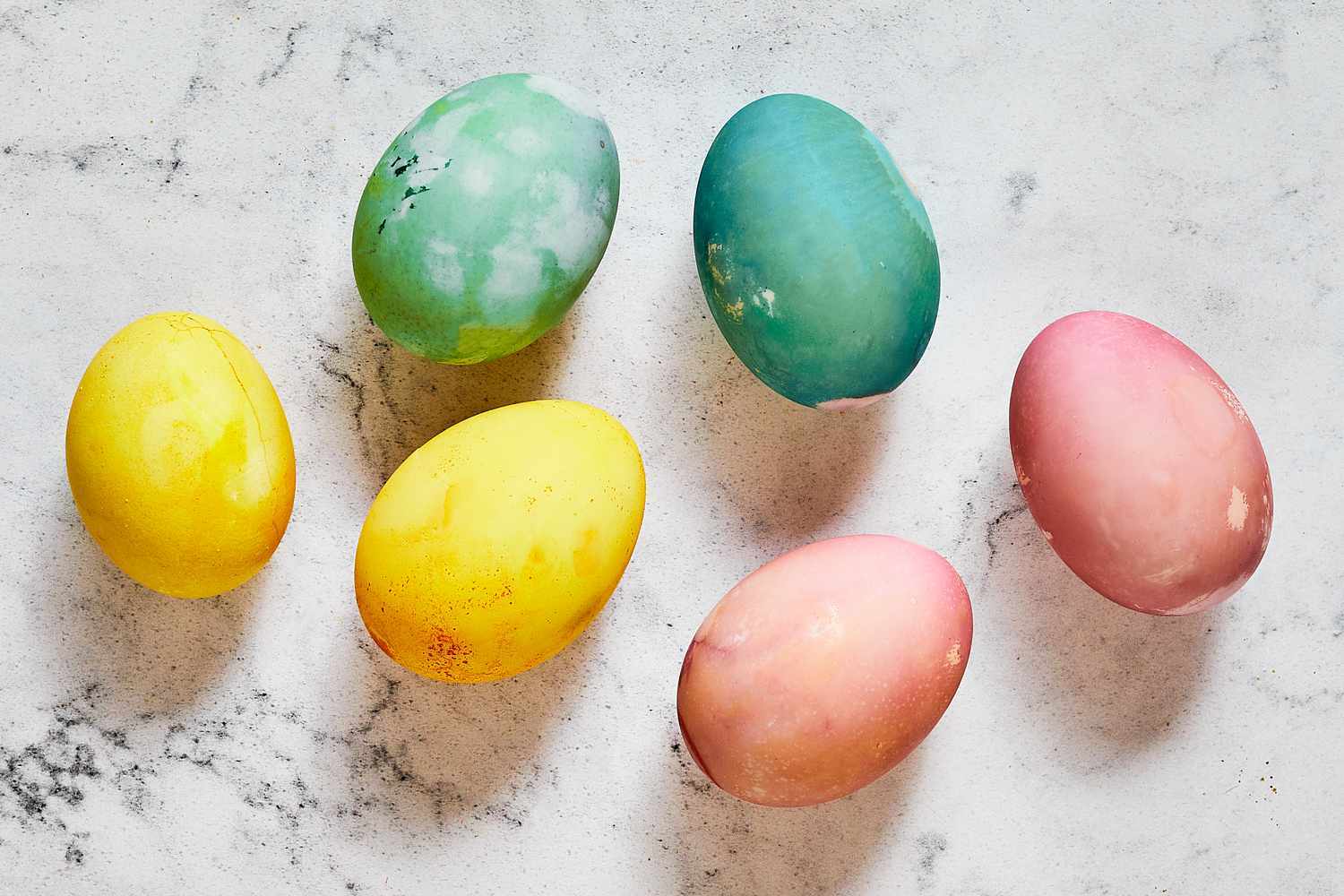 You can try dyeing real eggs using natural colours straight from your kitchen
You can try dyeing real eggs using natural colours straight from your kitchen
Remember how our grandmothers used haldi and beetroot to colour food naturally? Turns out, the same idea can make Easter eggs beautiful — and completely chemical-free. Instead of using artificial dyes, you can create earthy, vibrant colours using things already lying in your kitchen or compost bin.
Here’s how to do it:
Red cabbage = Blue eggs: Chop half a red cabbage and boil it in 2 cups of water with 1 tablespoon of vinegar. Let it simmer for 30 minutes. Once cooled, soak your hard-boiled eggs in the liquid overnight —they’ll turn a lovely blue!
Haldi = Golden yellow eggs: This one’s a classic. Boil 2 tablespoons of turmeric (haldi) powder in water, add a splash of vinegar, and soak the eggs for 4–6 hours. You’ll get beautiful golden-yellow tones and maybe even a bit of that haldi smell we all know.
Onion peels = Burnt orange eggs: Next time you’re peeling onions, save the dry skins! Boil them in water to get a rich, earthy orange dye. Soak your eggs for a couple of hours and watch the colour deepen.
Extra fun tip: Wrap a few leaves, flowers, or coriander sprigs around the egg, secure them gently using an old stocking or muslin cloth, and then dip them in the dye. When you unwrap them later, you’ll see pretty botanical patterns left behind — like tiny works of art!
2. Upcycle old fabric into egg wraps
Not every Easter egg needs a coat of paint. In fact, in many Indian homes, old fabric always finds a second life — as dusters, covers, or even festive décor. This year, bring that same spirit to Easter by turning old dupattas, kurtas, or saree scraps into charming egg wraps. It’s low-waste, creative, and something the kids can easily help with, too!
Here’s how to do it:
Old shirts or sarees = Colourful egg wraps: Cut old fabric into squares (around 15×15 cm works well). Think faded kurtas, printed scarves, or even old lungis — anything with a nice pattern or texture!
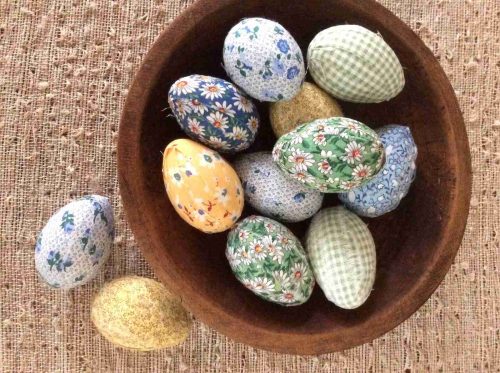 You can use any old fabric to wrap your Easter eggs
You can use any old fabric to wrap your Easter eggs
Thread or jute = Simple, rustic ties: Wrap the fabric gently around each egg and secure it at the top with thread, cotton yarn, or a bit of jute rope.
Tulsi, curry leaves, or dried flowers = Desi embellishments: Slip in a sprig of tulsi, some curry leaves, or even a marigold petal before tying for an earthy, festive touch.
Extra fun tip: These wraps double as napkin rings or table decorations after the hunt.
3. DIY baskets from recycled materials
Why buy new Easter baskets when your home is already full of crafty potential? This year, give old household items a second life by turning them into unique and handmade baskets. Apart from being budget-friendly, this activity is extremely fun for children in the house.
Here’s how to do it:
Old magazines = Upcycled woven baskets: Roll magazine pages into tight tubes. Weave them into a bowl shape and glue them together. Add a sturdy cardboard base and finish it off with a handle made from twine or more paper rolls.
Plastic bottles = Bunny baskets with a twist: Cut a large plastic bottle (like a two-litre soda bottle) in half. Add bunny ears, eyes, and a little cotton tail. Kids can paint and decorate their baskets with stickers, glitter, anything goes!
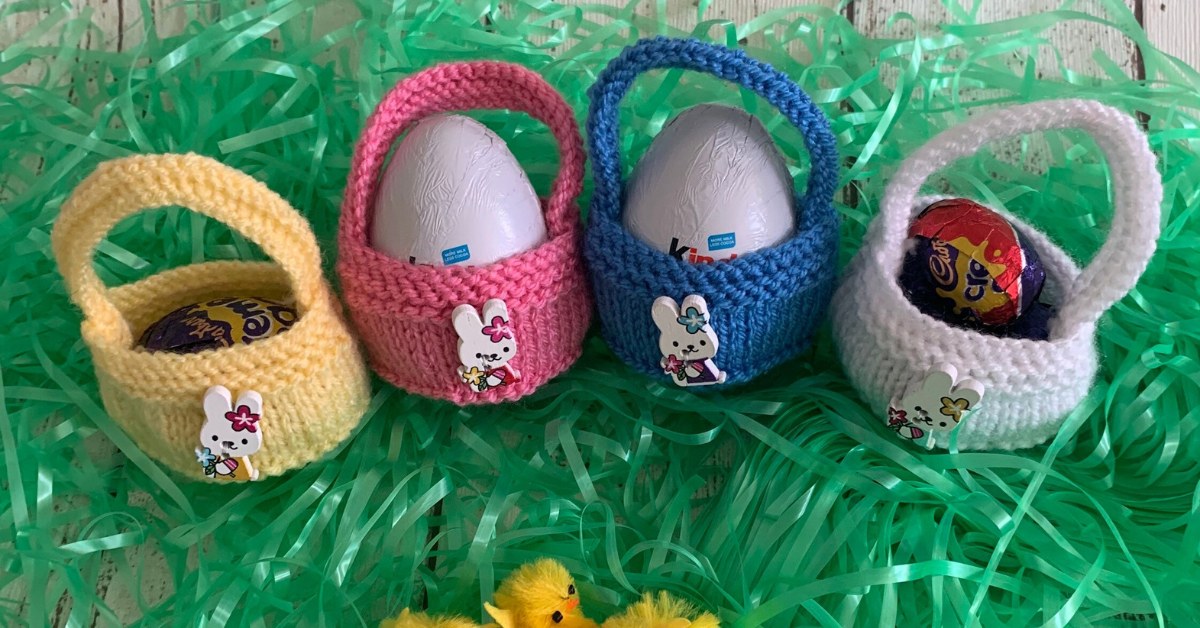 Kids can paint and decorate their baskets with stickers and glitter
Kids can paint and decorate their baskets with stickers and glitter
Extra fun tip: After Easter, these make perfect containers for small toys or craft supplies.
4. Make the hunt smarter with eco-fillers
Easter egg hunts don’t have to be about plastic toys and candy wrappers. With a little imagination, you can turn each egg into a meaningful surprise, one that teaches kids to value experiences, nature, and creativity.
Here’s how to do it:
Clues = A treasure map adventure: Slip handwritten clues into each egg, creating a puzzle that leads to a grand prize. Think of it as a mini scavenger hunt with an eco-twist.
Seed bombs = Gifts that grow: Blend old newspaper and wildflower seeds into tiny and plantable surprises. When the hunt ends, you can plan on growing a garden together.
Experience coupons = Memories, not materials: Notes like “Movie night of your choice” or “Let’s bake cookies together” turn your egg hunt into something meaningful.
Extra fun tip: Frame the whole hunt as an “Eco-Adventure” and sneak in a few fun lessons about the planet.
5. Craft clues from toilet paper rolls
Don’t toss those cardboard tubes, they are perfect for adding a touch of mystery and magic to your Easter egg hunt. With just a few tweaks, they become scrolls hiding riddles, mini messages, or even egg protectors.
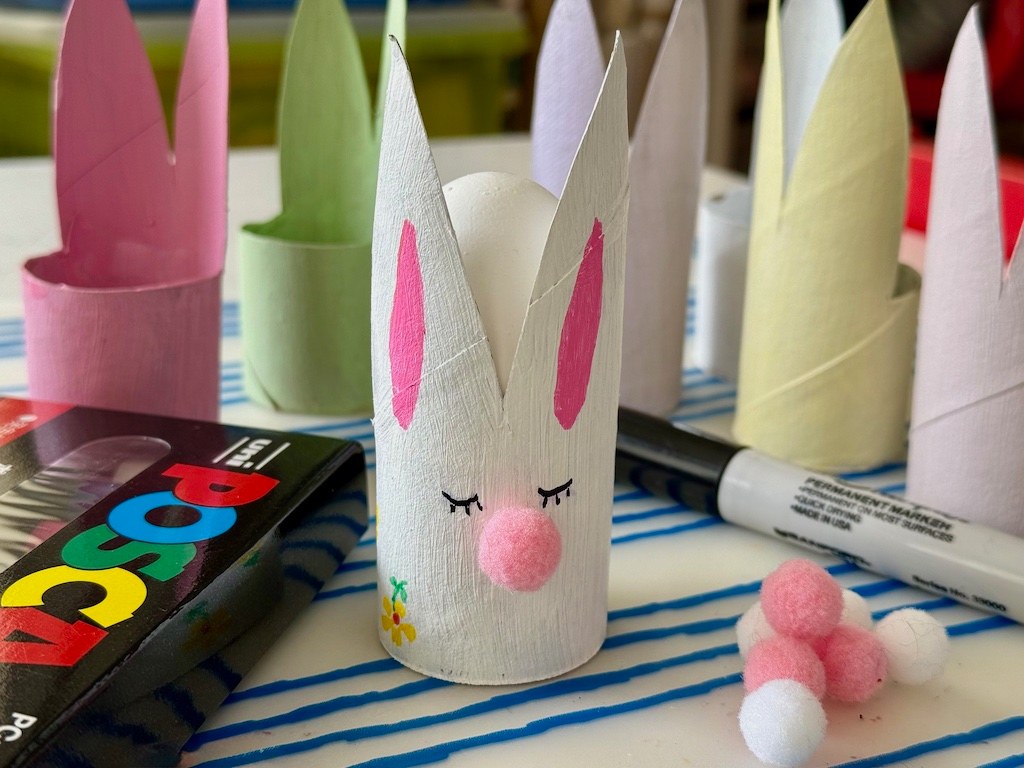 With just a few tweaks, the cardboard tubes become scrolls hiding riddles, mini messages, or even egg protectors
With just a few tweaks, the cardboard tubes become scrolls hiding riddles, mini messages, or even egg protectors
Here’s how to do it:
Cardboard rolls = Scrolls with secrets: Flatten toilet rolls and tuck clues or riddles inside. Wrap them in leftover paper scraps or naturally dyed sheets for a rustic look.
Leaves and foil = Earthy seals: Seal each roll with pressed leaves or bits of recycled foil, you don’t need any tape for this.
Extra fun tip: Hide them alongside eggs and turn your hunt into a full-on mystery mission.
6. Make natural grass or moss nest fillers
That plastic Easter grass might look festive, but it often ends up in the trash. This year, go greener by filling your baskets with biodegradable alternatives, many of which you probably already have at home.
Here’s how to do it:
Shredded paper = Vintage-style nest fluff: Use old newspapers or pages from damaged books. Tear them by hand or shred them, soak in tea or coffee for an aged look, then dry and fluff.
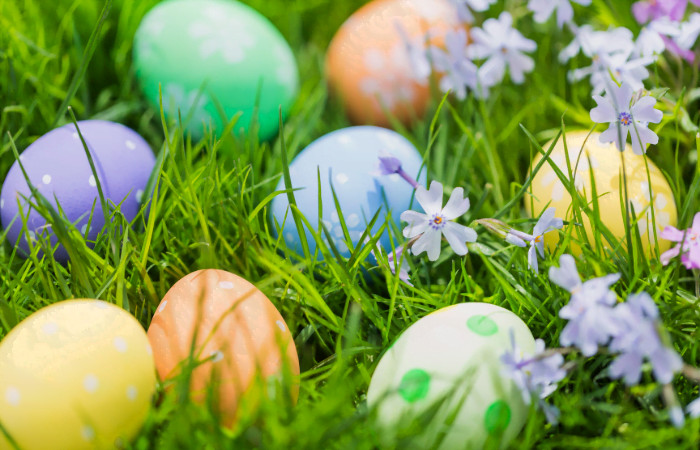 Do not use plastic Easter grass this festive season; instead, go for biodegradable options
Do not use plastic Easter grass this festive season; instead, go for biodegradable options
Real moss or dried grass = Garden-fresh texture: Try to find moss or dry grass in your backyard. Shake off dirt, air-dry, and tuck into baskets for an earthy finish.
Coconut coir = Soft and natural layers: Got coconuts? Pull apart the dry fibres or use gardening coir. Fluff it up and nestle it around eggs.
Extra fun tip: Mist the moss lightly with water to keep it looking lush and green all day.
Edited by Leila Badyari
News